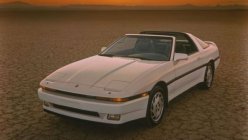A car is a complex system of moving and consumable parts, all working together to ensure a safe and satisfying drive. But no matter how expensive or well-engineered your ride is, it still needs to be looked after periodically if you want your car’s worry-free performance to stay consistent every time you take to the road.
It’s a lot of work going over every inch of your car, and a number of its features require specialized equipment to inspect, anyway. But there are components that you can readily check as a user. Treat it as your own way of preempting mishaps, whether you’re driving just five blocks away or going on a weekend trip out of town.
Tires
Those large, black rubber rings at the corners are your car’s primary contact with the road, so it’s important that to ensure that they’re in as good a shape as possible.
Underinflated tires increase your car’s fuel consumption, while overinflated tires can reduce traction and even cause a blowout at high speeds. Follow the manufacturer’s recommended tire pressure at the very least, and check the tire pressure in the morning when the temperature is low.
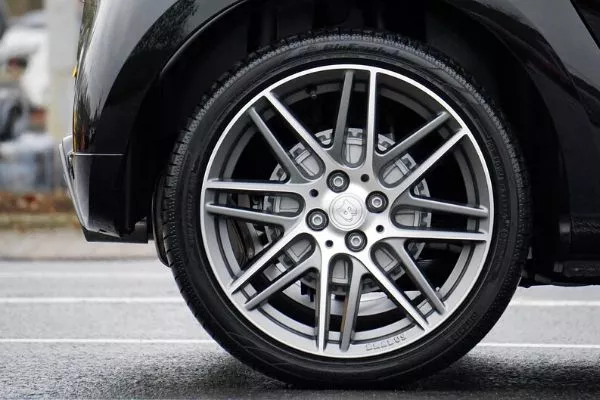
Tires must be properly inflated and have sufficient tread
Tire treads are also important, as the treads maintain grip through a range of driving conditions. You can check tread depth by placing an upside-down peso coin (with the head facing you) along one of the grooves. If the top of the head can still be seen inside the groove, it’s time for a new tire.
Brake pads
The car’s brakes reduce its forward motion through the caliper-mounted brake pads biting down on the brake discs. Brand-new pads are thick, but eventually wears away with use. Thin or completely worn-out pads compromise the car’s ability to stop safely.
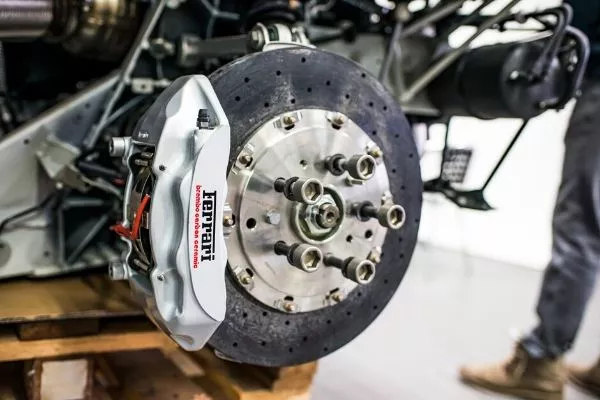
Even high-performance cars have their brake pads wear out
The pads are visible through the alloy wheels, so it’s easy to monitor the progressive wear. Also, watch out for grinding noises, among other vehicle sounds, whenever you step on the brake pedal, and see if it takes longer than usual for the car to slow down.
Engine oil
Oil is the lifeblood of your car’s engine, lubricating metal parts subjected to high temperatures and stress. The thickness, or viscosity, of engine oil helps it withstand the friction of metal surfaces rubbing each other at high speed.
Over time, this viscosity breaks down, as the oil becomes laced with metal shearings and other contaminants. When the oil is no longer effective in keeping the metal surfaces lubricated, the ensuing friction reduces the engine’s efficiency.
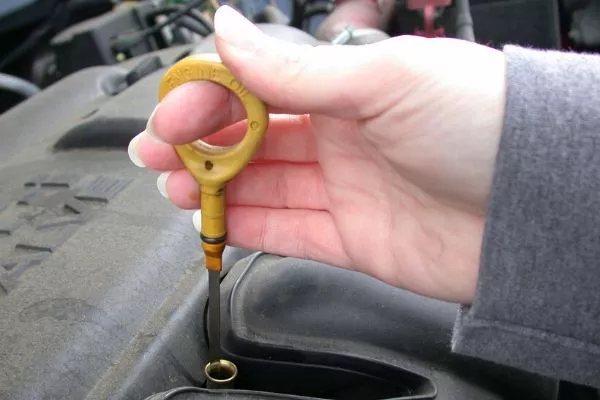
Check the engine oil for level, color and consistency
The easiest way to monitor your engine’s oil’s condition is by using a dipstick, located near the engine’s oil filler cap. The dipstick shows not just the oil level but also the color, which should be brown or black. A milky hue might indicate coolant leaking into the engine.
Coolant
Speaking of coolant, this is another important fluid that plays a role in your car’s cooling system, regulating engine temperature by carrying the heat from the engine’s core and dumping it on the radiator tubes before being circulated back into the engine.
As the engine operates through combustion, insufficient coolant will dramatically raise engine temperatures and can lead to engine failure.
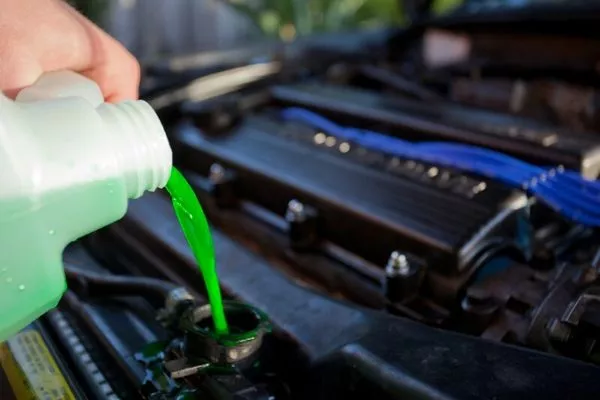
Insufficient coolant will mean disaster for your engine
Coolant is fed to the radiator through a separate tank in the engine bay called a coolant reservoir. Periodically check the coolant level through the markers on the reservoir, making sure it doesn’t fall below the halfway mark.
Also, if the car’s airconditioning suddenly stops cooling even with the thermostat engaged, it could be a sign that the radiator has run out of coolant.
Air filter
The air filters are the car’s lungs, cleaning the air that the engine breathes in to aid in combustion by trapping dirt, bugs, and other potential contaminants. A dirty or clogged air filter interferes with the combustion process, resulting in higher fuel consumption and decreased power or worse, a stalled engine.

Dirty air takes away power from your engine
The filter is housed in a cold air collector box, either close to one of the fenders or the engine firewall. Open the box and take out the filter, holding it upward to sunlight or any strong light source.
Light passing through means the filter is still clean, but if the dirt doesn’t shake off even after the filter is dropped several times, it should be replaced.
>>> Related: Replacing car air filter: Must-have skills that every Filipino driver needs to know
Hoses and clamps
Hoses enable vital liquids such as lubricant, coolant, and brake fluid to easily pass through and perform vital functions. Since hoses are frequently located in hard-to-reach places, clamps hold the hoses in place to keep them from flailing about.
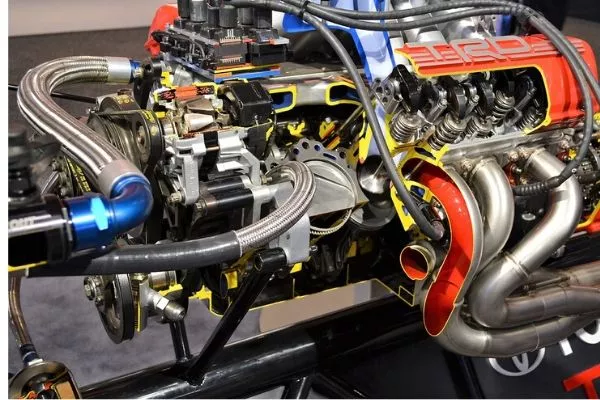
Cracked and brittle hoses need to be replaced
Check hoses for signs of brittleness, cracks, or bloating; any one of these can result in leaks if the hoses are not replaced. Clamps should also be inspected and tightened if necessary.
Battery
The battery is at the heart of the car’s electrical system, powering the ignition to the lights, airconditioning and the onboard entertainment system.
Symptoms of a failing battery include slow starts, dim lights, and the check engine warning light coming on in the instrument panel.

A battery charger can be a worthwhile investment in maintaning your battery
Check the battery’s remaining voltage using a voltmeter or battery tester. Clean the battery terminals as corrosion interferes with electrical conductivity.
You can also open the battery port covers to see if there are sufficient electrolytes submerging the plates, topping off with distilled water as needed.
Check out more car care tips at Philkotse.com.
Recent posts
- What if your car battery is dying? [Philkotse guide] Mar 24, 2020
- A summarized guide to all of your car parts & functions Aug 18, 2023
- What drivers need to know when not changing engine oil Aug 16, 2022
- Cleaning the Air Filter: When and How Can I Do It? Feb 23, 2021
- Tips for buying replacement car parts Sep 29, 2017


